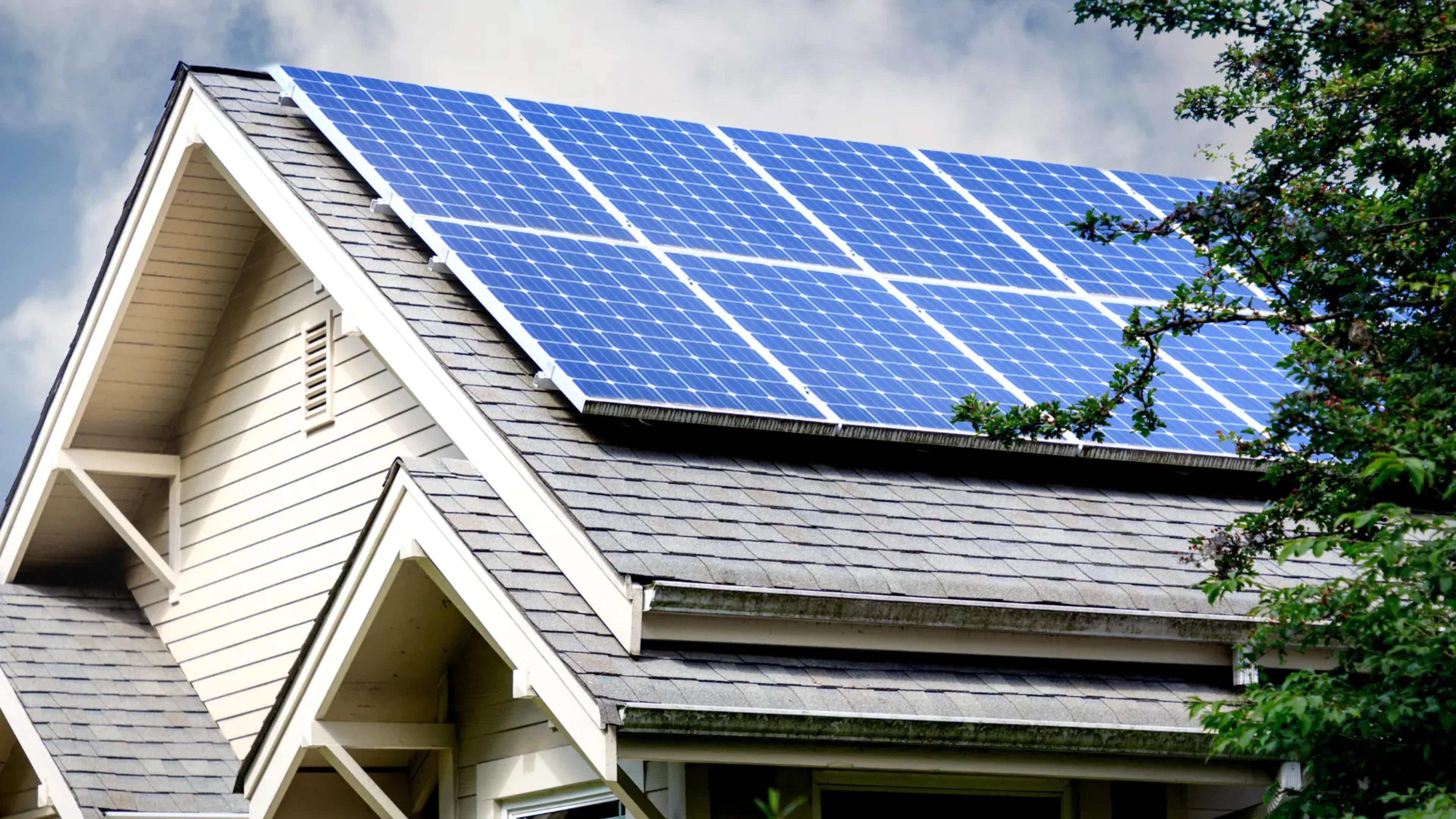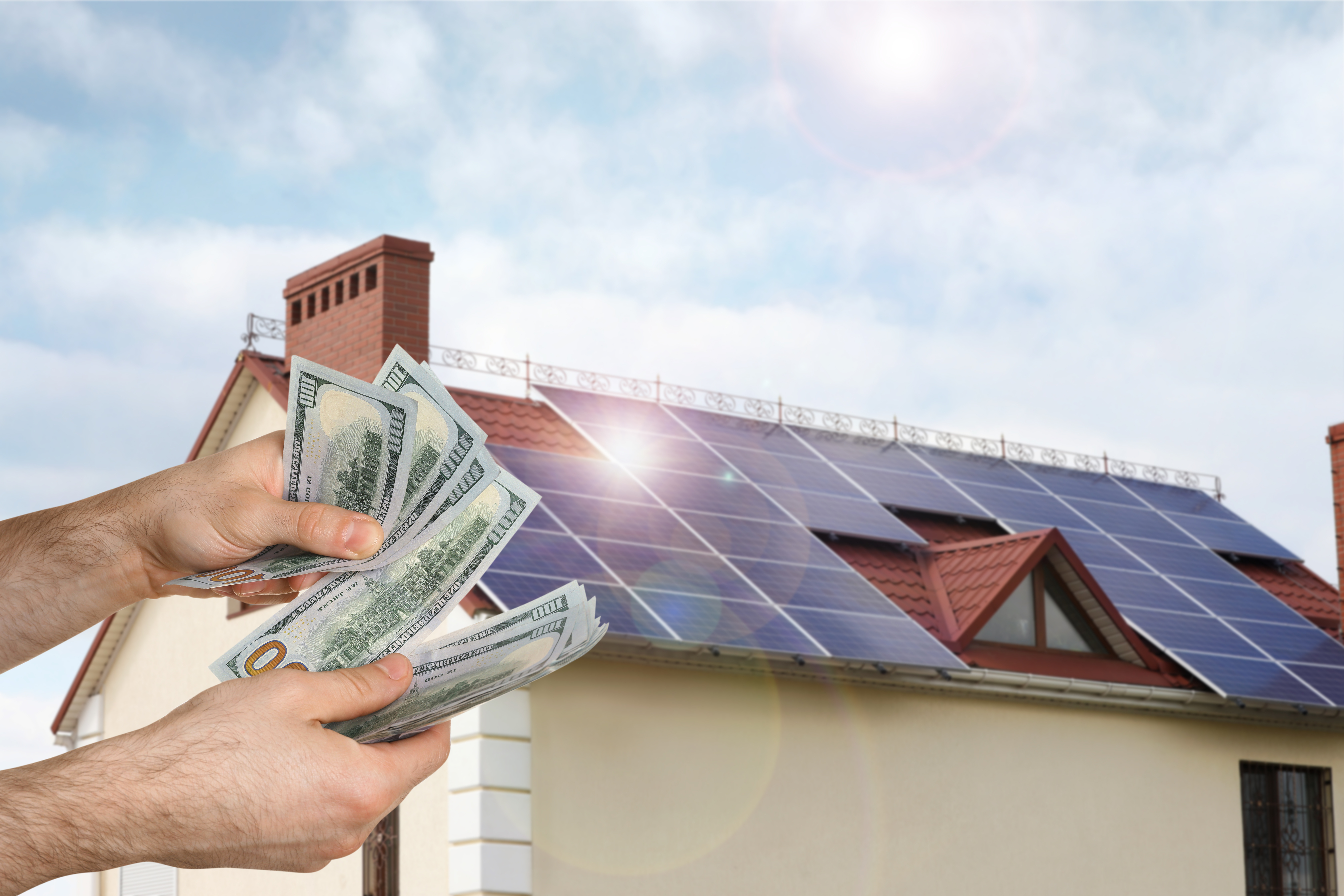How Simply Solar Illinois Helps Illinois Residents Transition to Solar Power
How Simply Solar Illinois Helps Illinois Residents Transition to Solar Power
Blog Article
Solar Energy 101: A Beginner's Overview to Sustainable Power Solutions
As the world increasingly shifts towards sustainable power services, comprehending the principles of solar power comes to be necessary for both individuals and companies. By checking out the benefits of solar technology, along with the economic rewards and installation processes, one can gain a clearer perspective on exactly how to properly integrate this eco-friendly resource into their power method.
Recognizing Solar Power
At its core, understanding solar energy involves realizing the essential concepts of just how sunshine can be transformed into useful electricity. Solar power is acquired from the sunlight's radiation, which can be taken advantage of with numerous technologies.

Recognizing solar power additionally includes identifying its environmental benefits. By using sunshine, we can mitigate greenhouse gas exhausts and minimize air contamination, adding to an extra sustainable future. The advancements in innovation and efficiency of planetary systems continue to improve their stability, making solar power an increasingly attractive option for international power needs.
Kinds Of Solar Energy Solutions
Various types of solar energy systems are commonly utilized to harness solar power for electrical energy generation. The key categories include photovoltaic or pv (PV) systems, focusing solar power (CSP) systems, and solar thermal systems.
Photovoltaic systems use photovoltaic panels made up of silicon cells that convert sunshine straight right into electrical energy. These systems are functional and can be installed on roofs, ground installs, or incorporated right into building materials.
Focusing Solar Power systems, on the other hand, employ mirrors or lenses to focus sunshine onto a tiny location, creating warmth that drives a vapor turbine to produce electrical power - Simply Solar Illinois. CSP systems are usually released in large-scale power plants and require straight sunshine, making them much less suitable for cloudy areas

Each sort of solar energy system has its distinct features, applications, and viability relying on geographic place, energy needs, and spending plan, making it important to review choices based on specific situations. - Simply Solar Illinois

Benefits of Solar Power
Using solar power with different systems not just gives a sustainable method to create electrical energy however likewise offers a wide variety of advantages. Among the most considerable advantages is the reduction in greenhouse gas exhausts, adding to a cleaner setting and combating climate change. Solar power is eco-friendly, meaning it is endless and readily available as long as the sun shines, unlike fossil gas, which are finite and depleting.
Moreover, solar power can result in significant price financial savings with time. Property owners and businesses can lower their electrical power costs considerably, and oftentimes, they might gain credit ratings for excess power created via internet metering. Furthermore, the solar sector creates jobs, from manufacturing to installation, stimulating local economic climates.
Another engaging advantage is energy freedom. By producing their own electrical power, people and areas can reduce reliance on outside power resources, enhancing strength against varying energy costs and supply disturbances. In addition, solar power systems require marginal maintenance, making them a practical choice for lasting power generation.
Setup Process Summary
The installment process for solar power systems normally click over here now entails numerous vital actions that guarantee effective combination into a building. An extensive site analysis is conducted to assess the roof covering's orientation, shading, and architectural integrity, which are important to optimizing solar panel performance. Following this assessment, the design phase starts, where a customized solar power system is set up based on the homeowner's energy needs and choices.
As soon as the style is settled, the necessary authorizations and approvals are gotten from local authorities, making certain conformity with regulations. The real setup includes placing the photovoltaic panels on the roof covering or ground, linking them to an inverter, and integrating the system with the building's electric configuration. This stage may also entail setting up battery storage space systems, relying on the layout.
After installation, a comprehensive examination is conducted to validate the system's functionality and safety and security. The system is appointed, and house owners are informed on its procedure and maintenance. With the installation full, the solar power system can begin generating renewable resource, contributing to sustainability and minimizing energy costs. This organized technique guarantees that planetary systems are both effective and trusted, optimizing their long-lasting benefits.
Financial Motivations and Financial Savings
Exploring the financial incentives and savings linked with solar energy systems can considerably enhance the appeal of making the button to renewable resource. Different motivations exist at government, state, and local levels, created to reduce the first costs connected with solar setup. Among the most significant motivations is the federal solar tax obligation credit, which allows homeowners useful site to deduct a percentage of their solar system setup prices from their federal tax obligations. Since 2023, this credit scores stands at 30%, offering significant financial savings.
Along with tax credit scores, several states offer rebates that can even more reduce in advance expenses. Some utility companies likewise give performance-based incentives, satisfying solar energy manufacturing with time. Financing options, such as solar fundings and leases, permit consumers to set up systems with little to no down settlement, making solar energy extra available.

Long-term financial savings are an additional critical factor. By producing their very own electricity, home owners can considerably lower and even eliminate their monthly power costs. Furthermore, planetary systems can boost residential or commercial property values, go to this web-site supplying a solid return on financial investment. Generally, the combination of motivations and financial savings makes solar energy a financially attractive option for numerous homes.
Final Thought
In conclusion, solar power stands for an essential part of sustainable energy services, giving a path towards minimized carbon impacts and improved ecological defense. Inevitably, the shift to solar energy not only promotes eco-friendly obligation but also promotes financial savings and energy self-reliance.
Report this page